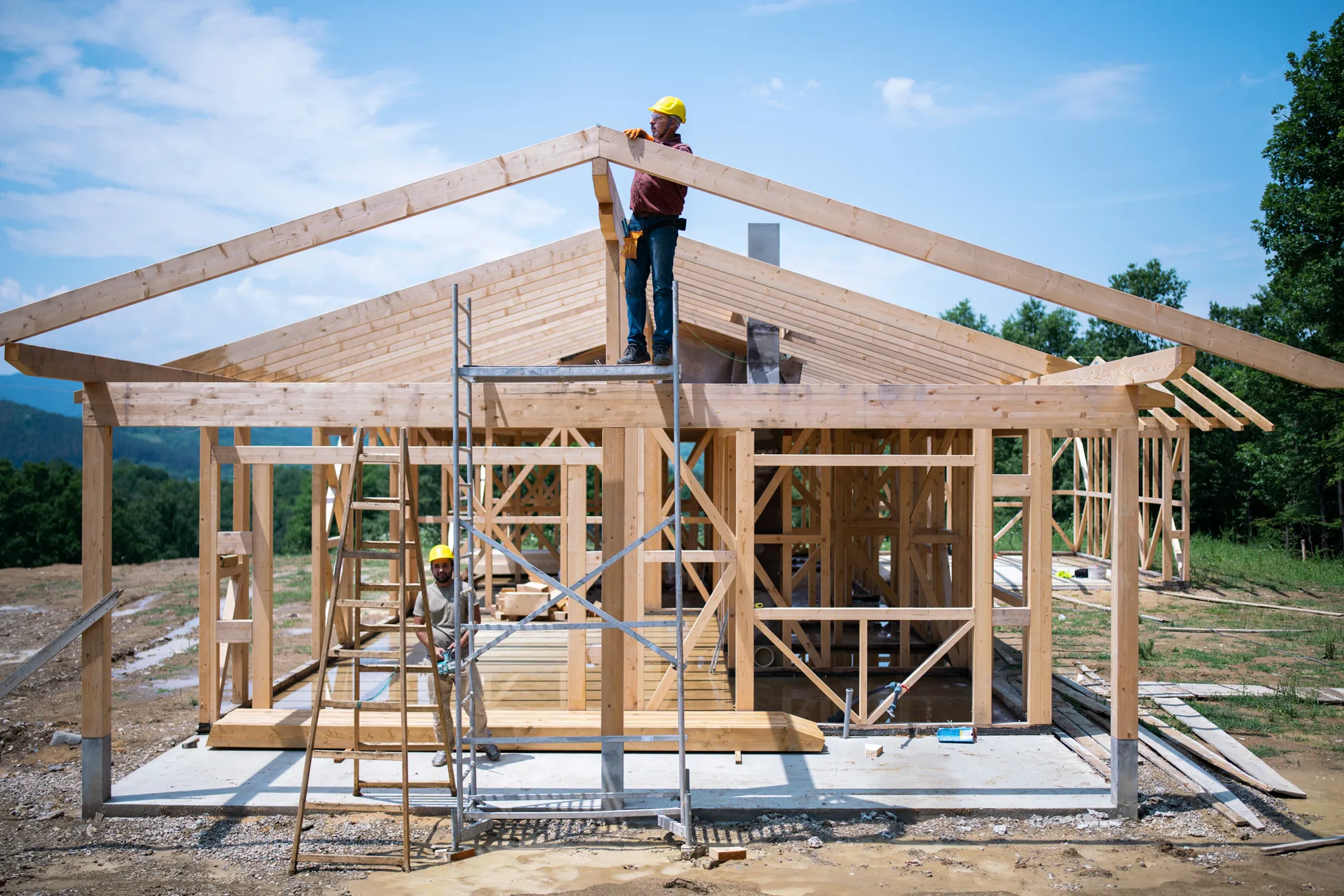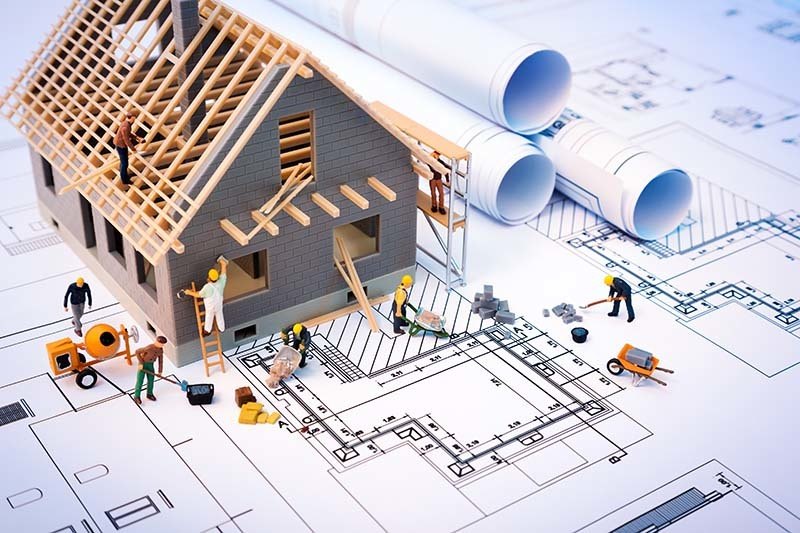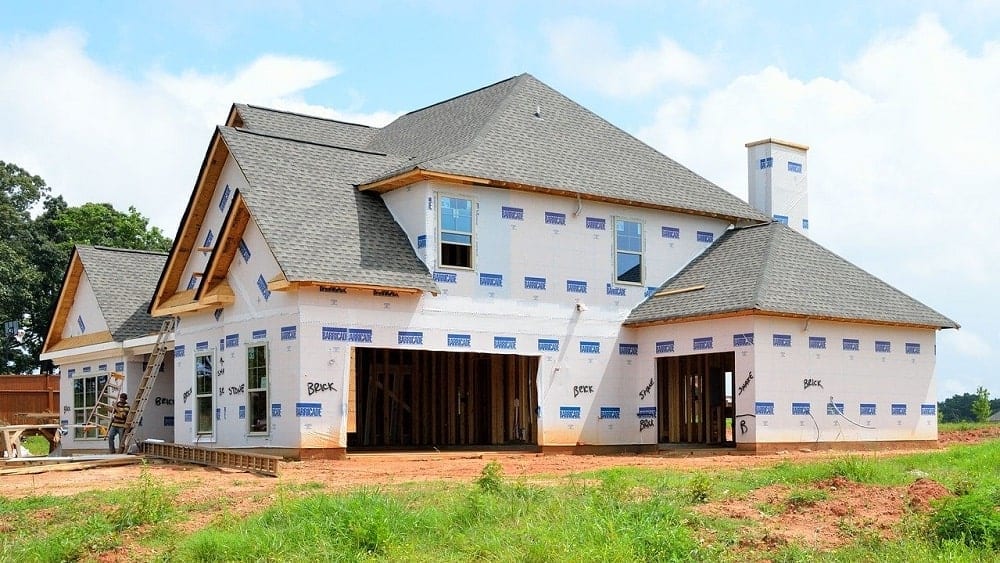Just How a General Contractor Can Change Your Typical Areas Into Functional Areas
The improvement of typical areas into practical spaces is a nuanced procedure that calls for a general contractor's expertise in examining specific area needs and making tailored remedies. By thinking about factors such as design, accessibility, and aesthetic allure, a service provider can create atmospheres that not just serve sensible purposes however additionally foster community interaction.
Assessing Current Common Location Needs
When examining usual areas, it is vital to identify and comprehend the certain needs of the area they offer. This process begins with an extensive analysis of current usage patterns, which involves gathering data walking website traffic, optimal use times, and tasks occurring within these areas. Engaging with neighborhood participants through conferences or studies can give valuable insights into their preferences and challenges.
Next, it is very important to think about the market composition of the neighborhood, including age, lifestyle, and any special needs that may affect how these spaces are utilized. For instance, families with young kids might call for play locations, while older grownups might prioritize ease of access attributes.
Additionally, evaluating the existing framework and services is crucial. Determining areas that are underutilized or in demand of fixing can notify potential renovations. Teaming up with stakeholders, such as building supervisors and regional companies, guarantees that the analysis shows a comprehensive understanding of the area's demands.
Eventually, a meticulous analysis of existing typical area requires prepares for reliable improvements, enabling the production of areas that foster involvement and boost the overall lifestyle within the community.
Creating for Functionality and Aesthetic Appeal
A thorough understanding of neighborhood needs sets the phase for effective style that balances performance and visual appeals in usual areas. Effective style requires a thoughtful method that takes into consideration both the useful usages of the space and the visual allure that enhances the atmosphere.
Functional style requires creating areas that satisfy the details activities and interactions of the area. This might consist of flexible seating plans for celebrations, easily accessible paths for individuals with wheelchair obstacles, or designated areas for leisure tasks. Each component should offer a purpose while guaranteeing simplicity of activity and convenience for users.
Aesthetic appeals play an essential role in promoting an inviting atmosphere. The option of colors, materials, and lights can substantially influence the perception of an area. Integrating natural elements, such as greenery or water functions, can improve the atmosphere and produce a relaxing environment. Additionally, aligning the design with the community's social identification can cultivate a feeling of belonging and pride.
Budgeting and Resource Allotment
Effective budgeting and source appropriation are crucial components in the successful makeover of typical areas. A distinct budget lays out the economic specifications within which the project need to run, guaranteeing that costs are regulated and resources are successfully used. This begins with a thorough analysis of project requirements, consisting of design components, materials, and labor.

A basic specialist plays a crucial duty in this phase, collaborating with stakeholders to develop realistic budget price quotes that align with the desired vision. By prioritizing crucial features and checking out cost-efficient choices, the specialist can optimize costs without compromising top quality.
Resource appropriation involves purposefully designating workers, equipment, and products to various stages of the task (Carmel In Contractor). This needs careful planning to avoid hold-ups and guarantee that each component is provided promptly. Additionally, routine tracking of expenditures against the budget plan aids to identify potential overruns early, enabling for prompt adjustments
Handling Construction Refine Efficiently
Taking care of the building and construction process efficiently is vital for attaining timely task conclusion and keeping spending plan stability. A well-coordinated technique involves meticulous planning, clear interaction, and reliable source monitoring. General contractors must establish a thorough job timeline that lays out each stage of building, enabling the identification of possible bottlenecks and essential landmarks.
Routine progress conferences are important for maintaining all stakeholders notified and aligned. These conferences assist in the prompt resolution of problems, making certain that the job remains on track. Furthermore, using project monitoring software application can improve communication, track progress, and take care of paperwork, decreasing the chance of misconceptions and hold-ups.
Effective source appropriation is likewise paramount. By making certain that materials, labor, and devices are offered when needed, basic specialists can prevent costly disturbances. Executing an aggressive strategy to risk monitoring additional boosts efficiency, as it permits for check it out the recognition and view it now mitigation of possible challenges before they rise.

Making Sure Compliance and Top Quality Standards
Compliance and high quality criteria are essential to the success of any kind of construction project, making sure that the finished rooms not just meet client assumptions however additionally comply with regulative demands. A basic service provider plays a critical function in applying these standards throughout the construction process.
First, it is necessary for the contractor to stay updated on local building codes, security guidelines, and sector ideal techniques. This knowledge enables them to direct style options and product choices that straighten with conformity criteria. Normal examinations and top quality assessments during the construction phase aid to determine possible concerns early, minimizing expensive hold-ups and rework.
In addition, a respectable general specialist fosters a society of high quality among subcontractors and workers. This can be achieved by offering training on compliance methods and applying strict quality control steps. By establishing clear communication networks, the professional can guarantee that everybody involved understands their responsibilities relating to compliance and quality.
Conclusion
In final thought, the duty of a basic specialist in transforming typical areas right into functional spaces is essential. Through a thorough analysis of area demands, thoughtful design, precise budgeting, and effective task management, these specialists can develop settings that enhance functionality and visual allure. Adherence to compliance and top quality standards better makes certain that renewed rooms not just meet the assumptions of stakeholders yet additionally foster engagement and enrich the total experience for all users within the area.
The transformation of typical areas right into useful areas is a nuanced procedure that calls for a basic professional's competence in analyzing certain neighborhood demands and developing customized options. By thinking about elements such as layout, accessibility, and aesthetic allure, a professional can produce environments that not only offer practical objectives but likewise foster area involvement. General professionals must develop an in-depth job timeline that details each phase of building, allowing for the recognition of important landmarks and possible traffic jams.

Comments on “Competent Carmel In Contractor for Exterior And Interior Remodeling Needs”